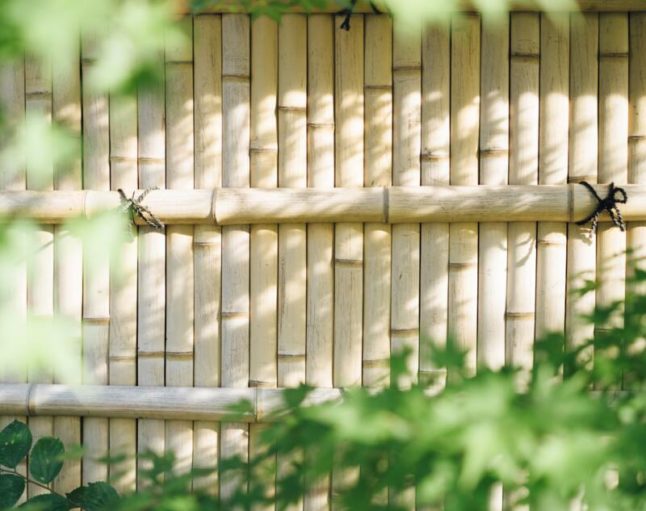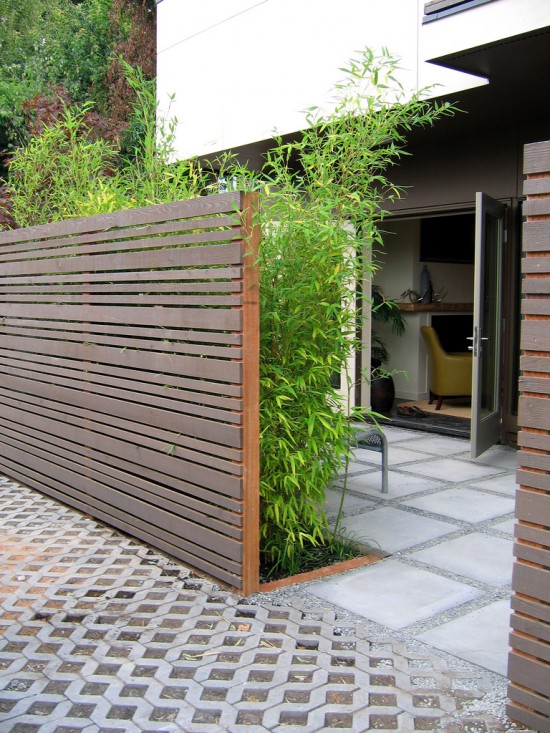All Categories
Featured
A well-maintained fencing can work as a lasting attribute of your residential or commercial property, giving both safety and security and aesthetic appeal. Over time, fences can experience wear and tear due to weather problems, age, and various other exterior factors. While routine maintenance can lengthen the life of a fencing, there are particular indications that indicate it's time to replace it. Right here are one of the most typical indications that your fencing might require to be changed.
Additionally, any kind of fractures, divides, or openings in the fence must be dealt with. A substantial amount of damaged slats, especially if the fence is wooden, can minimize both the toughness and look of the framework. While little fractures might be repairable, large sections of the fencing may need to be replaced totally.
If rot has spread out to a significant portion of the fence, fixings might just be a short-lived solution. In such instances, replacing the broken parts or the whole fencing may be required to avoid additional wear and tear and to make sure the safety and security and stability of the framework.
![]()
If the bug damage is prevalent, fixings may not suffice, and changing the impacted fencing components might be the very best choice. Fencings made from products like vinyl or metal might be much less at risk to pests, yet wood is often one of the most prone.
For instance, wood fencings might begin to warp, split, or splinter, while metal fences could begin to rust or corrode. Plastic fencings can blemish or create splits in time. Replacing it can help preserve your building's safety and security and appearance. if your fencing is aging and showing numerous indications of wear.
A new fencing will certainly give better toughness and decrease the need for continuous repair work. Plus, it will certainly improve the general look of your property, which can raise its curb charm and worth.
While small corrosion areas can be dealt with and fixed, considerable corrosion that compromises the stability of the fencing is a clear indicator that it requires to be changed. If the rust has actually triggered holes or weakened essential sections, replacing the metal fencing will protect against additional damage and offer a much safer, much more secure barrier.
Newer fencing styles and products are readily available that deal greater toughness, enhanced security features, and a fresh appearance. A new fence can substantially boost the total appearance of your building and enhance its value.
Replacing your fencing with a model that fits your new needs will assist guarantee that it gives the functionality and protection you expect.
![]()
Conclusion. A fencing is a crucial investment in the safety and security and appearance of your building. Regular evaluation and maintenance can aid prolong the life of your fence, yet eventually, replacing it when required will guarantee that your property remains safe and secure, private, and visually appealing for years to come.
- Architectural Damage. The main feature of a fencing is to provide security and privacy, and any kind of architectural damage can compromise this purpose. Look for indicators of drooping, leaning, or busted fencing messages.
Additionally, any kind of fractures, divides, or openings in the fence must be dealt with. A substantial amount of damaged slats, especially if the fence is wooden, can minimize both the toughness and look of the framework. While little fractures might be repairable, large sections of the fencing may need to be replaced totally.
- Decomposing or Degeneration (For Wooden Fencings) Wood fences are particularly prone to wetness, which can bring about decomposing with time. If you discover soft or spongy locations in the timber, or if you can see noticeable mold or fungi, this indicates considerable degeneration. Deteriorating is particularly usual near the base of the fencing messages, where the wood is in contact with the ground.
If rot has spread out to a significant portion of the fence, fixings might just be a short-lived solution. In such instances, replacing the broken parts or the whole fencing may be required to avoid additional wear and tear and to make sure the safety and security and stability of the framework.
- Pest Damages. Parasites, such as termites, carpenter ants, and rats, can unleash chaos on wooden fencings. Termites, specifically, can create substantial damage by tunneling via the wood, making the structure weak and unpredictable. If you see signs of a pest invasion, such as little holes, sawdust heaps, or the existence of insects, it's vital to act quickly.

If the bug damage is prevalent, fixings may not suffice, and changing the impacted fencing components might be the very best choice. Fencings made from products like vinyl or metal might be much less at risk to pests, yet wood is often one of the most prone.
- Age of the Fence. The age of a fence plays a significant role in its condition. A fence's life-span normally ranges from 10 to two decades, depending on the materials and the quantity of maintenance it obtains. If your fence is nearing the end of its expected life-span and has actually begun to reveal considerable signs of wear, it might be time for a substitute.
For instance, wood fencings might begin to warp, split, or splinter, while metal fences could begin to rust or corrode. Plastic fencings can blemish or create splits in time. Replacing it can help preserve your building's safety and security and appearance. if your fencing is aging and showing numerous indications of wear.
- Trouble in Maintenance. It might be an indicator that the fencing is no much longer in excellent problem if you discover yourself frequently making fixings to your fence. Frequently dealing with the exact same problems, such as replacing busted slats, filling up holes, or repairing cracks, can be taxing and expensive. As opposed to remaining to restore an aging fencing, it might be extra cost-effective in the future to replace it completely.
A new fencing will certainly give better toughness and decrease the need for continuous repair work. Plus, it will certainly improve the general look of your property, which can raise its curb charm and worth.
- Rust and Rust (For Metal Fences) Metal fences, including chain-link, wrought iron, and light weight aluminum, are susceptible to corrosion and rust, particularly in locations with high wetness or direct exposure to salt. Corrosion can gnaw at the product, leading and compromising the structure to security worries.
While small corrosion areas can be dealt with and fixed, considerable corrosion that compromises the stability of the fencing is a clear indicator that it requires to be changed. If the rust has actually triggered holes or weakened essential sections, replacing the metal fencing will protect against additional damage and offer a much safer, much more secure barrier.
- Unsightly or obsolete Look. Often, the need for a new fencing is less regarding capability and more about aesthetics. Gradually, fences can become weathered, discolored, or just obsoleted. If your fencing no longer enhances your building or fulfills your requirements-- whether for safety and security, personal privacy, or visual allure-- it might be time for a replacement.
Newer fencing styles and products are readily available that deal greater toughness, enhanced security features, and a fresh appearance. A new fence can substantially boost the total appearance of your building and enhance its value.
- Fence No Longer Serves Its Function. Fences are typically installed with a specific objective in mind, such as keeping family pets in, offering personal privacy, or enhancing safety. If your requirements change, such as wanting more privacy or far better security for children or pet dogs, it might be time to change the fencing with one that much better serves your present demands.
Replacing your fencing with a model that fits your new needs will assist guarantee that it gives the functionality and protection you expect.

Conclusion. A fencing is a crucial investment in the safety and security and appearance of your building. Regular evaluation and maintenance can aid prolong the life of your fence, yet eventually, replacing it when required will guarantee that your property remains safe and secure, private, and visually appealing for years to come.
Latest Posts
Fans Sportsbook: Where Sports Betting Satisfies Enjoyment
Published Apr 20, 25
1 min read
Inexpensive Luxury: Discover the Benefits of Laminate Flooring
Published Apr 19, 25
1 min read
Get Huge Savings with Montclare Auto Repair Offers - Limited Time Offers!
Published Apr 19, 25
2 min read
More
Latest Posts
Fans Sportsbook: Where Sports Betting Satisfies Enjoyment
Published Apr 20, 25
1 min read
Inexpensive Luxury: Discover the Benefits of Laminate Flooring
Published Apr 19, 25
1 min read
Get Huge Savings with Montclare Auto Repair Offers - Limited Time Offers!
Published Apr 19, 25
2 min read